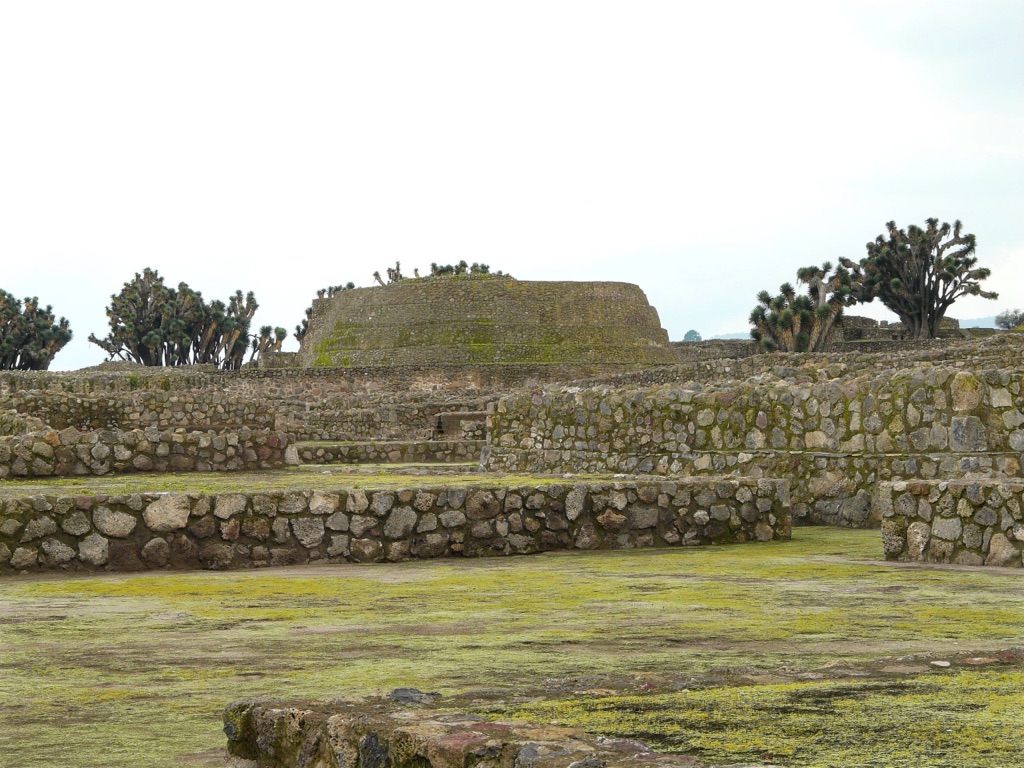Tecoaque, which translates to “the place where they ate them” in Nahuatl, is an archaeological site of significant historical importance. It is known for the capture and sacrifice of a Spanish convoy by the Aztecs in 1520. This event is a rare instance of pre-Columbian inhabitants capturing Europeans. The site offers a unique glimpse into Aztec civilization and their interactions with Spanish conquistadors.
Get your dose of History via Email
Historical Background of Tecoaque
Archaeologists discovered Tecoaque in the late 20th century. They unearthed evidence of a violent encounter between the Aztecs and Spanish conquistadors. The site dates back to the early 16th century, during the height of the Aztec Empire. It was a thriving community before the Spanish arrival.
The Aztecs built Tecoaque. They later inhabited it until the Spanish conquest. The site gained historical importance due to the capture of a Spanish convoy by the Aztecs. This convoy included women, children, and soldiers. The Aztecs held them captive for months before sacrificing them to their gods.
Spanish conquistador Hernán Cortés led the expedition that passed through Tecoaque. The Aztecs captured a rear guard of his convoy. This incident is one of the few recorded instances where Europeans were at the mercy of indigenous people.
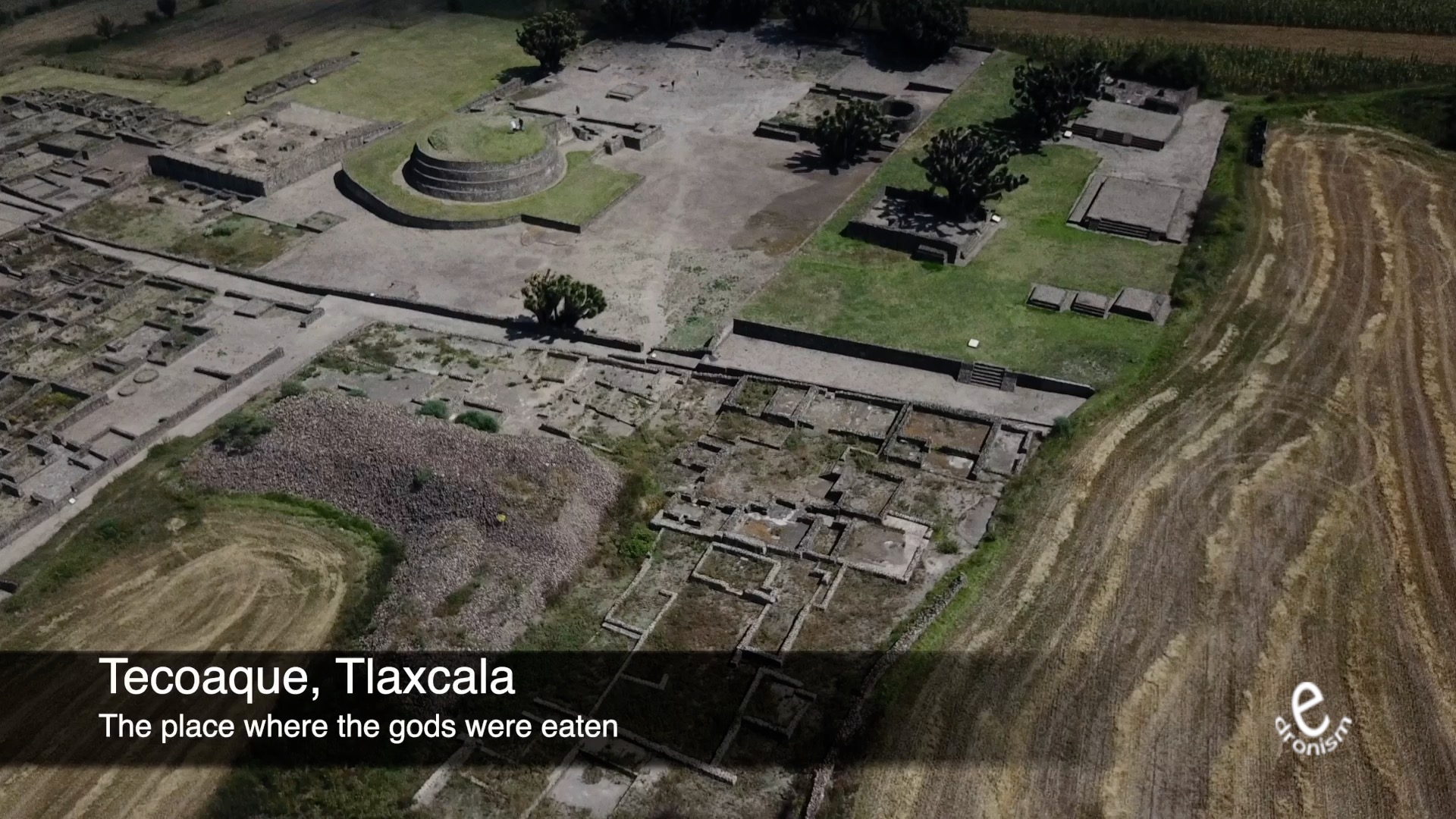
After the fall of the Aztec Empire, Tecoaque was abandoned. It lay forgotten until modern archaeologists uncovered its secrets. The site provides a rare perspective on the Aztec response to the Spanish invasion.
The discovery of Tecoaque has shed light on the complex relationships between the Aztecs and the Spanish. It also offers insights into Aztec rituals and warfare strategies. The site has become an important location for understanding pre-Columbian history.
About Tecoaque
Tecoaque is located in what is now Tlaxcala, Mexico. It was a strategic Aztec site that controlled a pass through the mountains. The site consists of several pyramids, platforms, and living quarters.
The Aztecs constructed Tecoaque using local materials such as stone and adobe. The architecture reflects the typical Mesoamerican style of stepped pyramids and grand plazas. These structures were central to Aztec religious and social life.
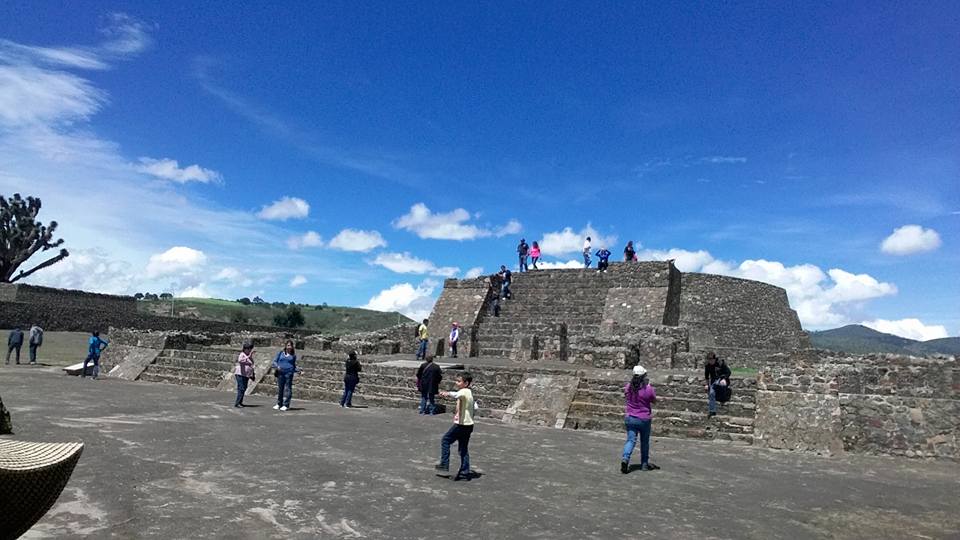
One of the architectural highlights of Tecoaque is the main temple. It was likely the focal point for religious ceremonies, including sacrifices. The site also features a ball court, which was common in Mesoamerican cities.
Archaeologists have found numerous artifacts at Tecoaque. These include pottery, tools, and ornaments. They also discovered evidence of the Spanish convoy, such as weapons and armor fragments.
The layout of Tecoaque suggests it was a well-planned urban center. The arrangement of buildings and spaces indicates a complex society with a high degree of organization.
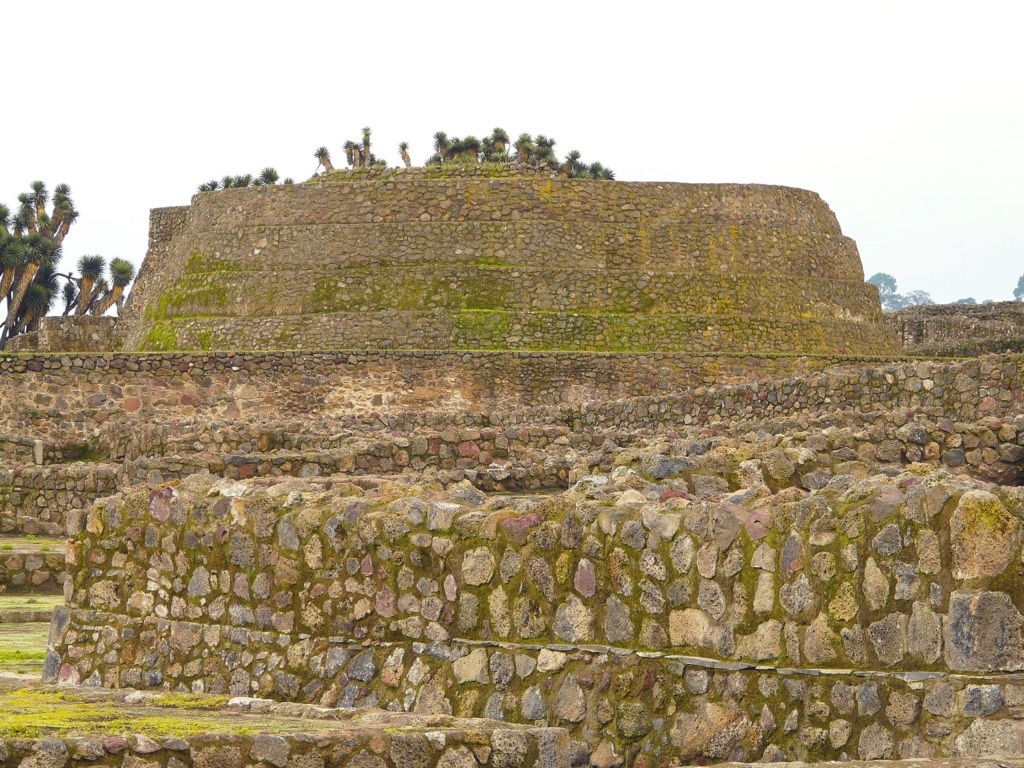
Theories and Interpretations
Several theories exist about Tecoaque’s use and the events that took place there. The most prominent theory is that it was a site of religious significance for the Aztecs.
Some believe Tecoaque was a place of pilgrimage. Others think it was a military stronghold. The discovery of the Spanish convoy’s remains supports the idea that it was also a site for ritual sacrifice.
Matching the site to historical records has been challenging. However, the evidence of Spanish artifacts has helped confirm the accounts of Spanish chroniclers.
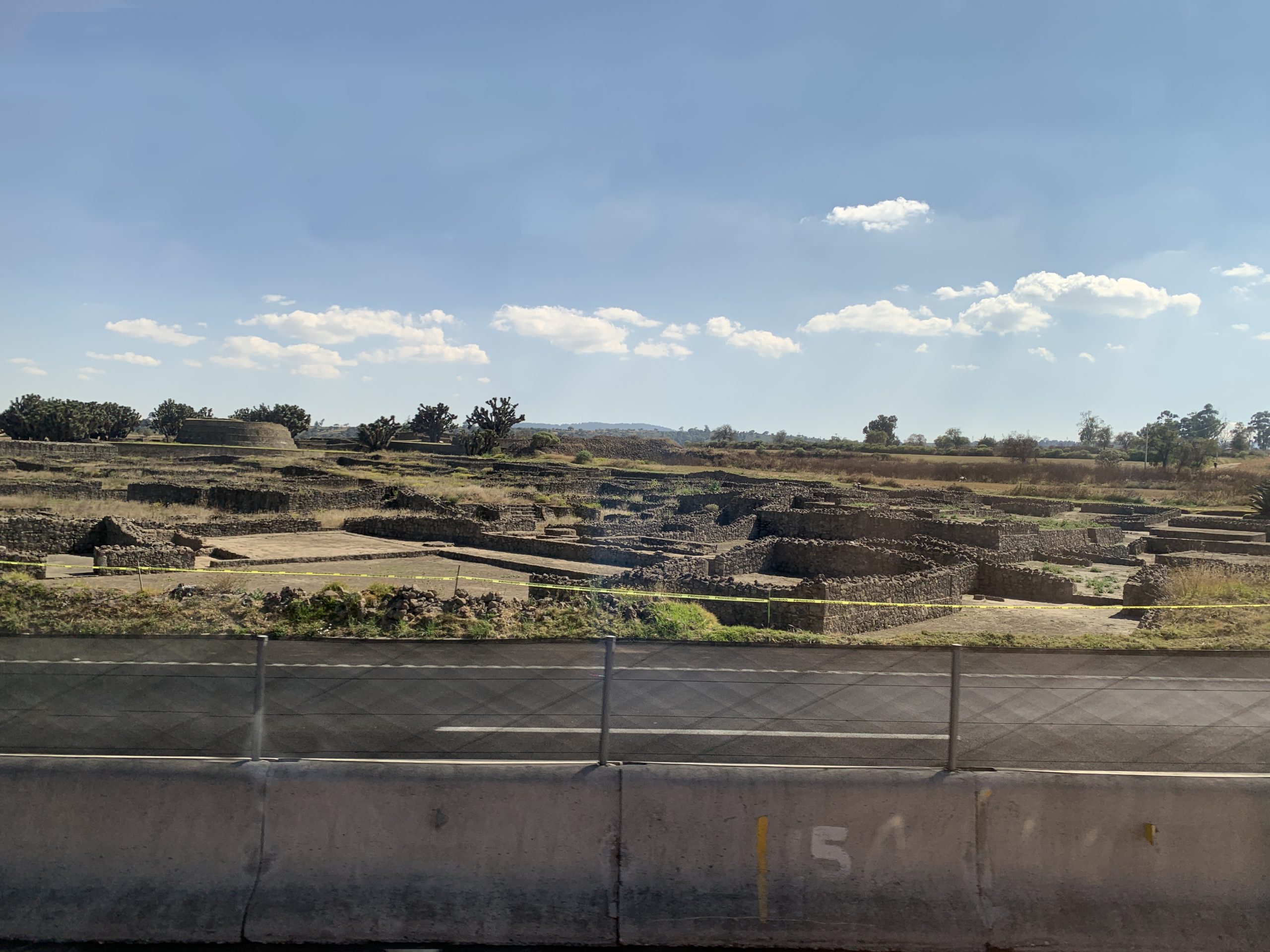
Dating of the site was carried out using methods such as radiocarbon dating. These techniques have confirmed the site’s age and its use during the time of the Spanish conquest.
The interpretation of Tecoaque continues to evolve. As more research is conducted, our understanding of the site’s significance in Aztec culture deepens.
At a glance
Country: Mexico
Civilization: Aztec
Age: Early 16th century AD
Conclusion and Sources
Information for this article was obtained from reputable sources, ensuring accuracy and reliability. These sources include:
- Wikipedia: https://en.wikipedia.org/wiki/Tecoaque

